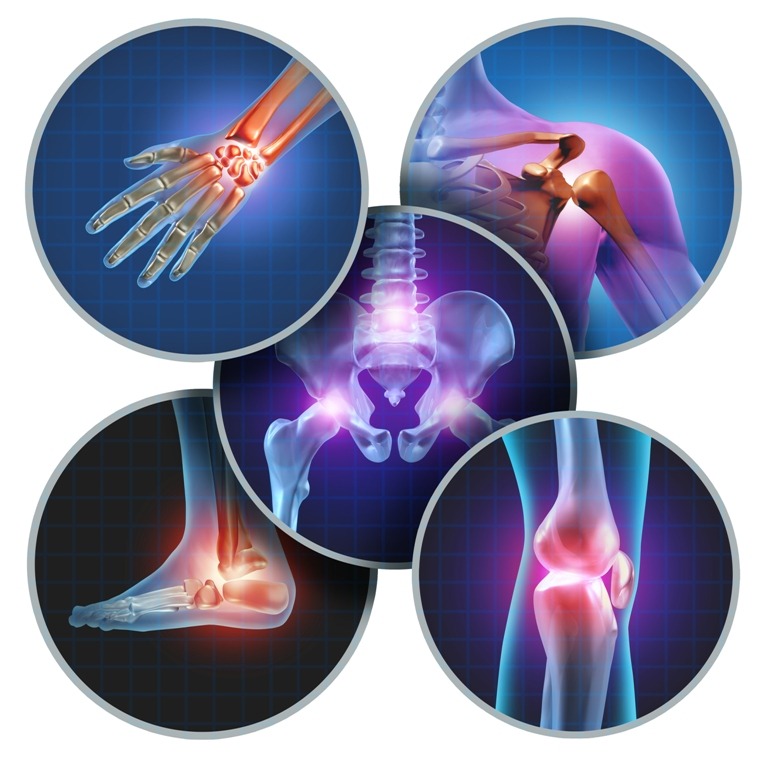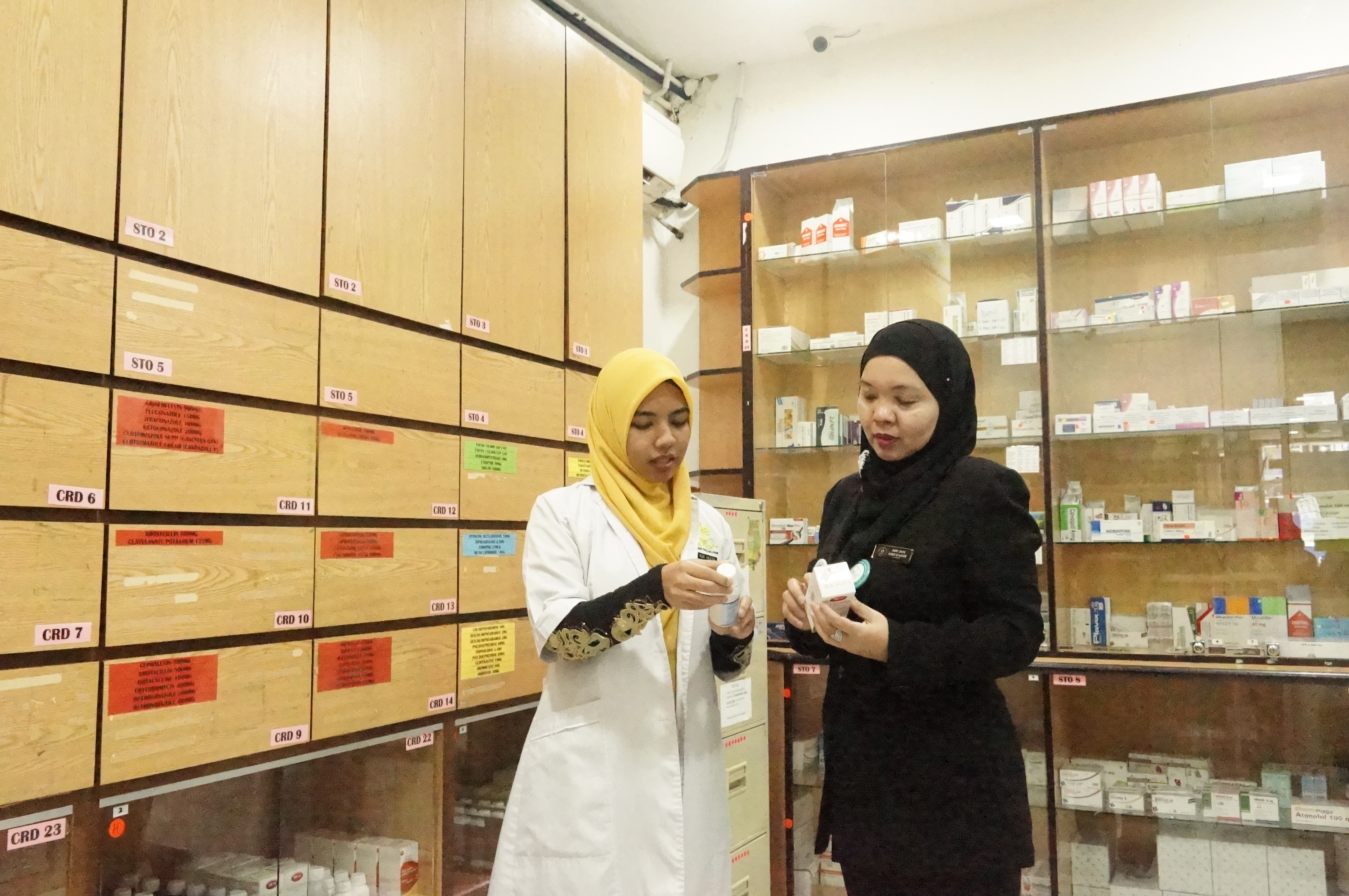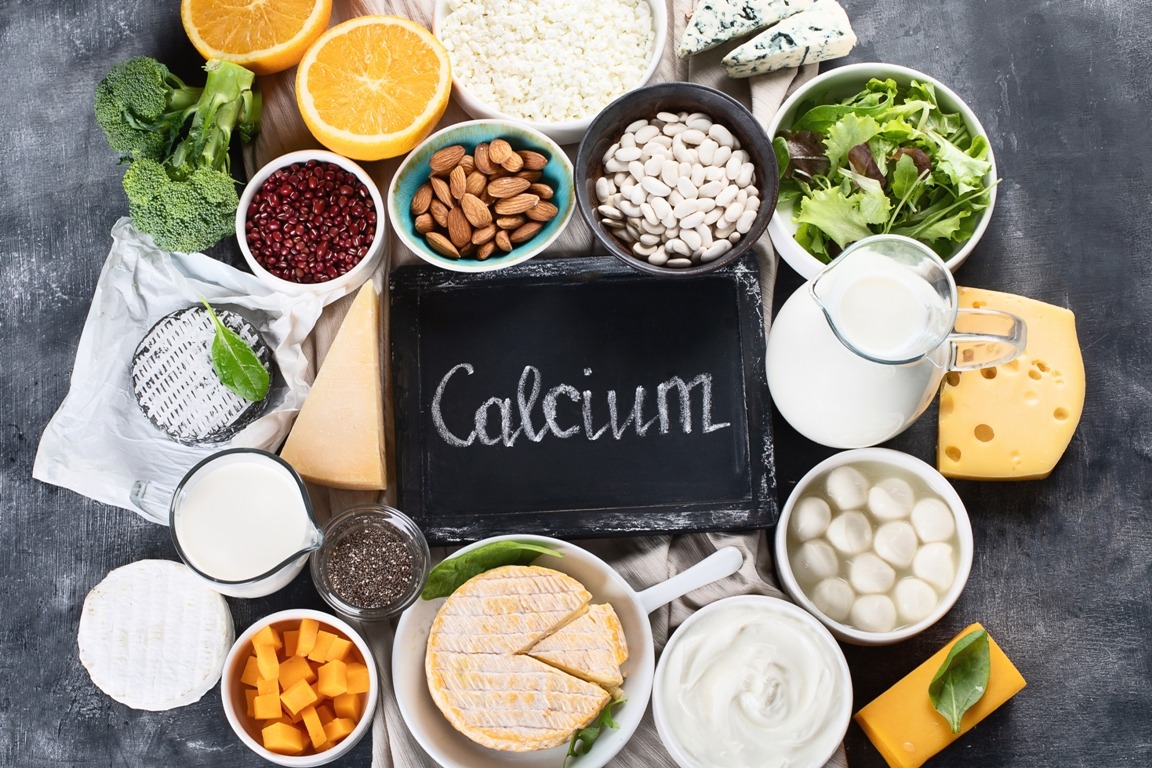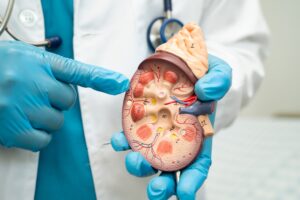To shine a light on why you should get screened for osteoporosis, we speak to Pharmacist and Director of Farmasi Pantai Hillpark, Kuala Lumpur, Nik Jah Nik Ab Kadir.
1Twenty80:
In your opinion, what is the biggest threat to the health of malaysians these days?
Nik Jah Nik Ab Kadir:
The biggest threat to the health of Malaysians now are non-communicable diseases (NCDs) such as diabetes, hypertension and also osteoporosis. The rise in NCDs is predominantly due to unhealthy urban lifestyle such as work stress, being sedentary and unhealthy eating habits, as well as our population is now getting older.

1Twenty80:
What is osteoporosis and how much does it affect malaysians?
Nik Jah:
Osteoporosis is a disease characterised by low bone mass and deterioration of bone tissue which increases bone fragility and also risk of fracture. It is usually asymptomatic and thus remains undetected until the person develops a fracture. During the late stages of osteoporosis, scoliosis, loss of height, neck strain, back pain and fractures may appear.
Due to an increase in the elderly population, osteoporosis has become a worldwide challenge and is expected to increase in the near future due to the increase in population, urbanisation and ageing.
1Twenty80:
Who are at higher risk of osteoporosis?
Nik Jah:
Women are at a higher risk of osteoporosis than men and other risk factors for osteoporosis and osteoporotic fractures include low body mass index (BMI), low calcium intake, reduced sunlight exposure and early menopause.
This can be further divided into modifiable and non-modifiable risk factors such as:
Box: Modifiable
- Poor Nutrition
- Thinness or small frame
- Cigarette smoking
- Excessive alcohol intake
- Sedentary lifestyle
- Lack of sun exposure
- Falls
- Poor eyesight
- Drugs induced osteoporosis
Box: Non-modifiable
- Age (being older)
- Being female
- Early menopause
- Ethnicity (being Chinese or Caucasian)
- A family history of osteoporosis
- Having a previous fracture
- Personal medical history


1Twenty80:
How can osteoporosis be diagnosed and managed?
Nik Jah:
The diagnosis of osteoporosis is based on the measurement of Bone Mineral Density (BMD). According to the World Health Organisation (WHO), an individual is diagnosed with osteoporosis when the BMD lies 2.5 standard deviations or more below the average value for a young, healthy women as illustrated in table below:
Box: T-SCORES
- -1 and above
- between -2.5 and -1
- -2.5 and below
- -2.5 and below with the presence Severe Osteoporosis of 1 or more fragility fractures
Box: DEFINITION
- Normal bone density
- Osteopenia [low bone density]
- Severe Osteoporosis
The ultimate goal in the treatment of osteoporosis is the prevention of fracture and high-risk patients should be identified, evaluated for osteoporosis risk factors, and treated to prevent further fractures.
Osteoporosis treatment for postmenopausal women can be considered if they had a previous low trauma hip, vertebral or wrist fracture, or have a T-score of -2.5 and below. They should also be advised on non-pharmacological treatment to improve bone health such as exercise and a high calcium diet. Once diagnosed, osteoporosis needs to be managed to avoid the occurrence of fractures.
The management of osteoporosis can be divided into non-pharmacology and pharmacology treatment. (flip to the next page)
Non-pharmacology treatment:
Osteoporosis could be prevented through lifestyle modifications such as:
Box:
Advice
- To have a diet high in calcium and vitamin D
- To receive adequate exposure to sunlight
- Exercise at least 30 minutes, two to three times a week
- Smoking cessation
- To reduce alcohol and caffeine intake
- Prevention of falls
Example
- Milk, cheese, eggs, fatty fish
- 15 minutes daily exposure to morning sunlight.
- Weight bearing and muscle strengthening exercises such as walking, dancing and jogging can improve mobility, muscle function and body balancing.
- Nicotine replacement therapy
- To limit coffee to one to two cups per day. Do not consume alcohol more than two to three unit(s) per day
- Fall risk factors include: previous falls, muscle weakness, balance problems, impaired vision, usage of certain medication and poor lightning.
Benefits
- Daily requirement for calcium ranging from 1000 mg – 1500 mg and vitamin D 400 i.u – 1000 i.u.
- Sunlight is the natural source of vitamin D
- Swimming is considered as a non-weight bearing exercise.
- Smoking reduces production of oestrogen hormone and calcium absorption in our body.
- Alcohol can damage the pancreas and liver and reduce the absorption of calcium and vitamin D.
- Exercises, home safety education, medication review, cataract extraction can prevent falls in elderly.
Pharmacology treatment
Current pharmacological treatments for osteoporosis include anti-resorptive agents and osteo-anabolic agents which a healthcare provider will prescribe for you.

1Twenty80:
How can we prevent osteoporosis?
Nik Jah:
Osteoporosis needs to be diagnosed early before fractures happen. Vigorous screening needs to be done in our population to detect high-risk patients and this can be done by community pharmacists. According to my research with University of Malaya done a few years ago, community pharmacists were willing to introduce these services to the public if they had enough knowledge and support from the government.
One of the proposed public health messages, and indeed a cornerstone of a pharmacist-initiated service in this area is the ‘latency’ of osteoporosis and the need for prevention and early detection. These messages would be used to introduce service components such as FRAX for screening. FRAX provides fracture risk within 10 years. It is a validated tool for pharmacists’ risk assessment for osteoporosis, and thus is useful to educate patients about this condition. Community pharmacists can also play a more significant clinical role in identifying drug-induced osteoporosis, such as in corticosteroid users. Our participants also supported the role of the community pharmacy in the management of diagnosed osteoporosis through counselling to optimise adherence to prescribed osteoporosis medicines and lifestyle changes.
1Twenty80:
How do community pharmacies screen for osteoporosis?
Nik Jah:
Osteoporosis screening can be done using fracture risk assessment tools (FRAX, Garvan Bone Fracture Risk Calculator and Q-Fracture Score); or using risk assessment questionnaire instruments.
The purpose of risk assessment questionnaire instruments is not to diagnose osteoporosis but to identify women who are more likely to have low BMD, and who should undergo BMD measurement using the DXA scan for a definite diagnosis of osteoporosis.
1Twenty80:
Who should go for osteoporosis screening and why?
Nik Jah:
Many osteoporosis guidelines recommend screening for osteoporosis in women aged more than 65 years and in men aged 70 years and older; as well as in younger women whose fracture risk is equal to or greater than that of a 65-year-old white woman who has no additional risk factors.
In the absence of new risk factors, screening should not occur more frequently than every two years. Postmenopausal women and men aged above 50 years with at least one major (such as fragility fracture after age 40, early menopause and hypogonadism) or two minor risk factors (such as smoking, excessive alcohol and caffeine intake, rheumatoid arthritis and low dietary calcium intake), should undergo screening for osteoporosis.
Quote: “Be proactive about your health. prevention is better than cure; so please make use of your community pharmacist nearby to discuss on your health plan today.”












